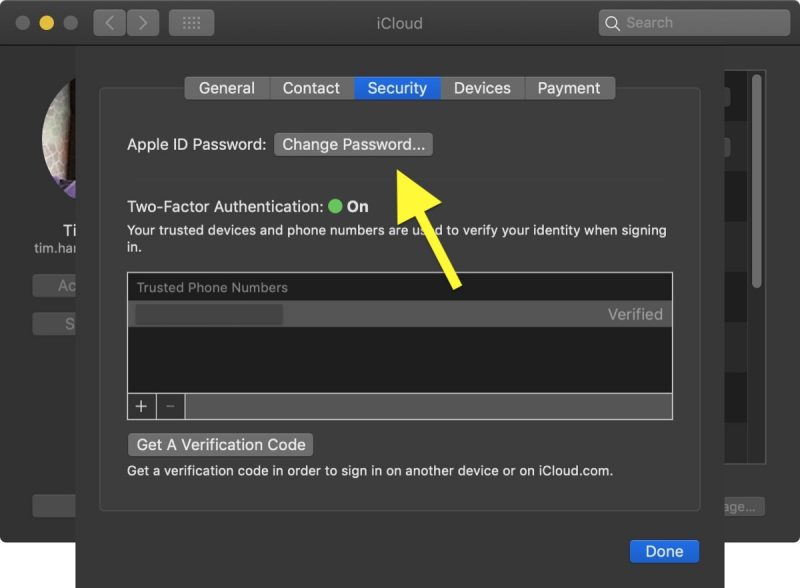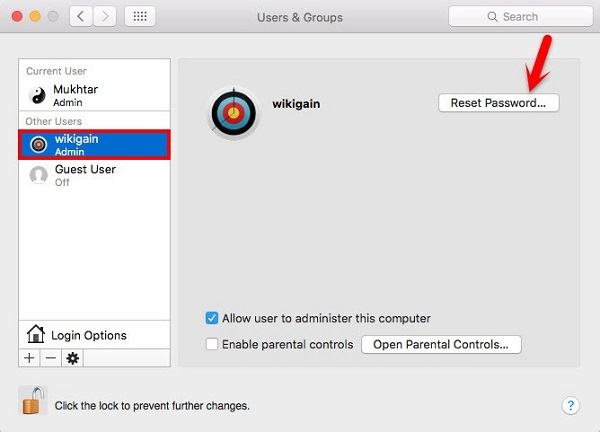
(And it’s why Apple shifted iOS two years ago to require that you enter your passphrase every six days, even if you have Touch ID enabled.) This is a problem with security options on systems reliable enough that you don’t have to work with them regularly to refresh your memory. She hasn’t yet been in a situation where she needs it, but she’s concerned that you could wind up locked out and not be able to obtain the recovery key. She can’t find the key, and she remembers using the iCloud option to store it, but has examined iCloud Drive and can’t find it. Macworld reader Elaina falls into that camp.
How do you recover password for mac how to#
But if enough time has passed, you might have forgotten where you stashed the key or how to retrieve it. In those cases, the recovery key set at the time you turned on FileVault on your Mac can do the trick.
How do you recover password for mac password#
That’s a problem, however, if you forget the password to all the authorized account or, in some cases I’ve received a few emails about, something goes wrong and the Recovery Disk-used both for “cold start” logins to macOS and to diagnose problems on your startup volume-demands a login that doesn’t work.

Without the password that unlocks an account on your Mac that’s authorized to log in with FileVault, there’s no effective way to bring that computer to life.

It’s full-disk encryption (FDE), meaning that your entire startup volume is locked away when macOS is shut down (not just sleeping) using strong encryption. The FileVault option in macOS is a fantastic way to enhance the security of your data at rest.


 0 kommentar(er)
0 kommentar(er)
